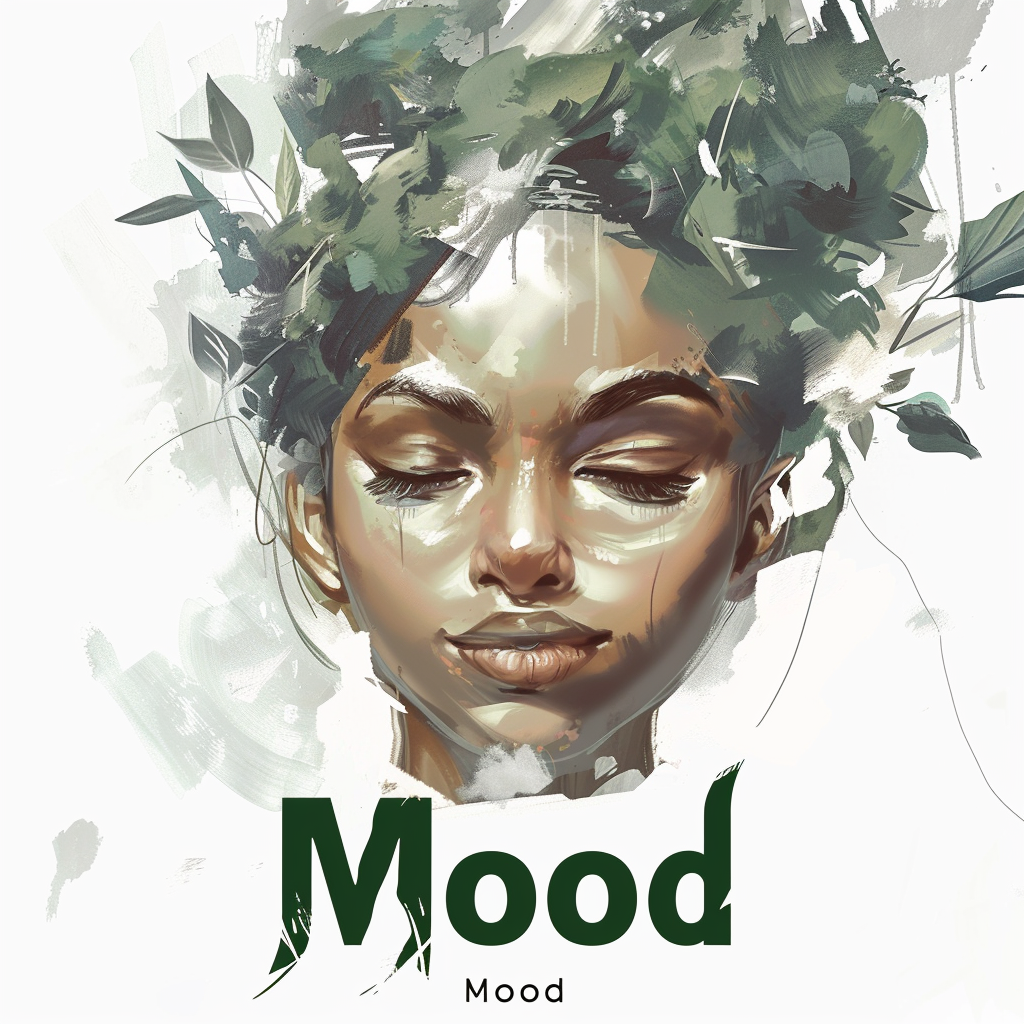Times with the rise of media platforms like Instagram and Twitter becoming famous meeting grounds for people of various communication preferences and styles. Slang has taken center stage as a powerful tool to engage with online communities effectively. Using phrases and creative emoji combinations that reflect nuances and foster a sense of belonging within virtual spaces, slang plays a significant role in connecting individuals across digital platforms like Instagram and TikTok. However. Understanding slang meaning is vital as it interactively shapes communication dynamics for people from various backgrounds and entities like individuals or brands to express thoughts and stay updated with trends in an enjoyable and relatable manner.
Popular Social Media Platforms and Their Unique Slang
Different platforms have developed unique slang that suits their communication styles. Below are ten popular slang terms for each platform:
Instagram:
- Finsta – A private Instagram account for close friends.
- Photo Dump – A casual collection of photos posted at once.
- Swipe Up – Used to encourage users to swipe up on Instagram Stories for more information.
- OOTD – Outfit of the day, a popular hashtag for fashion posts.
- TBT – Throwback Thursday, used to share old photos.
- No Filter – An image posted without any editing or filters.
- Sponcon – Sponsored content refers to paid promotions by influencers.
- Mood – A photo or caption that reflects a current feeling or vibe.
- Ghosting – Suddenly stopping all communication with someone.
- Link in Bio – Referring to a clickable link in an Instagram profile bio for more info.
Twitter:
- Stan – An obsessive fan, derived from the Eminem song “Stan.”
- Thread – A series of connected tweets on a single topic.
- Clout – Influence or fame gained online.
- Cancel – To stop supporting someone due to a controversial action.
- TL – Timeline refers to the feed of tweets on Twitter.
- Receipts – Proof, usually in screenshots, to back up a claim.
- Ratio – When a tweet’s replies significantly outnumber its likes, indicating disapproval.
- Vibe Check – A way to assess someone’s attitude or mood.
- Flex – To show off, often used sarcastically.
- Woke – Aware of social injustices and issues.
TikTok:
- Cheugy – Outdated or trying too hard, often used by Gen Z.
- Snatched – Looking excellent or stylish.
- Sus – Short for suspicious, indicating something or someone seems off.
- FYP – For You Page, TikTok’s main algorithmic feed.
- Bussin – Something really good or tasty.
- No Cap – No lie or being honest.
- CEO of… – A joke indicating someone is the “best” at a task.
- Main Character – Referring to someone who acts as though they’re the protagonist of a situation.
- Ship – Short for a relationship, used to express support for a couple.
- Tea – Gossip or news.
Each of these platforms has cultivated its own culture around slang, which continues to evolve as trends shift.
You may also like to read: How Does Social Media Affect Relationships
The Risks of Using Slang in Social Media Marketing
While slang can be a powerful tool for connecting with audiences, it also comes with risks, especially for businesses trying to appeal to a younger demographic. One of the primary risks is misusing or overusing slang, which can make a brand seem inauthentic or out of touch. This is especially true for slang terms concrete to certain subcultures; using them without a deep understanding can backfire.
Another risk is alienating older audiences. Although slang is popular among younger users, older generations may find it confusing or unprofessional. Balancing slang in social media marketing is essential to avoid alienating potential customers.
Slang also changes rapidly. What’s trendy one day might be considered outdated or “cheugy” the next. Brands need to be cautious when incorporating slang, as over-relying on it may make their content seem irrelevant when those terms fall out of favor.
Finally, slang can be regionally specific. Terms that are popular in one country or culture may be unfamiliar to audiences elsewhere, leading to confusion or misinterpretation.
Tips for Using Slang Effectively in Social Media
Using slang in social media can be a great way to engage your audience, but it’s essential to do it right. Here are some tips for effective use:
- Know Your Audience: Before incorporating slang, make sure it resonates with your target demographic. Younger audiences may appreciate trendy slang, but older or more formal groups might not. Understand who you’re speaking to, and use slang that fits their culture and preferences.
- Stay Authentic: Don’t force slang if it doesn’t feel natural to your brand or persona. Overusing slang or misusing it can make your content seem artificial. Instead, focus on integrating slang that aligns with your voice and tone.
- Keep Up With Trends: Slang evolves rapidly, so it’s essential to stay updated. Use current and relevant slang to show you’re in touch with your audience’s language. However, avoid chasing every new term—stick with what works for your content and message.
- Use Sparingly: Too much slang can confuse your message or make it look less professional. Sprinkle in slang to keep the tone casual and relatable, but balance it with clear, concise language to ensure your audience understands your content.
- Engage and Adapt: Pay attention to how your audience responds to the slang you use. If a particular term or phrase resonates, use it more often. Conversely, if your audience seems confused or disengaged, dial it back and adjust your approach.
Following these tips can effectively incorporate slang into your social media content while maintaining an authentic and engaging presence.
Conclusion
Slang in social media plays a vital role in shaping the way people communicate, offering a fun and engaging way to connect with online audiences. Whether it’s brands trying to appeal to Gen Z or individuals forming connections within niche communities, slang fosters relatability and relevance. However, it must be used wisely. Misusing slang or relying on it too heavily can make individuals or brands seem disconnected or insincere. By understanding the meaning of slang and staying attuned to trends, social media users can navigate the complexities of this evolving form of communication and effectively enhance their online presence.

